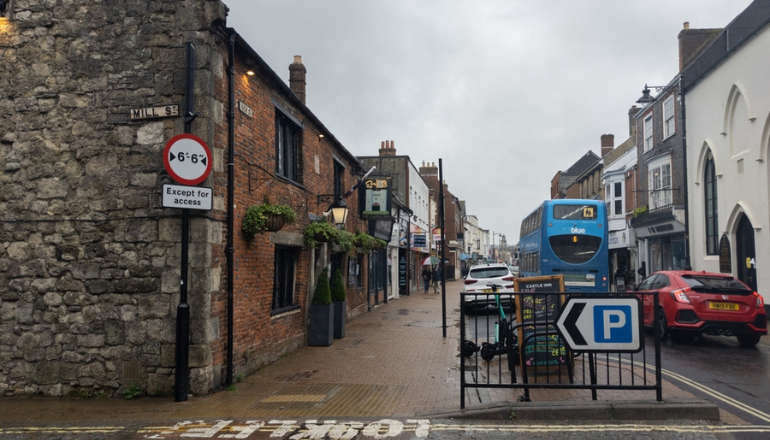
Traffic orders that will pave the way for plans to revitalise and enhance Newport High Street were approved by senior Isle of Wight councillors last night (Thursday).
The Newport High Street Heritage Action Zone improvement scheme aims to attract more shoppers into the town centre by making the area more pedestrian-friendly.
The aim is to improve the look and feel of the High Street between St James' Square and Holyrood Street while making it easier and safer for people to move around on foot or bicycle.
Changes include widening the pavement to provide more space for pedestrians and enhancing the appearance of the area with new paving, planting and seating.
The scheme requires some changes to the parking arrangements in the area and therefore new Traffic Regulation Orders (TROs) to make those changes lawful and enforceable are needed.
While some on-street parking will be lost under the plans, alternative parking is available close-by.
This includes almost 250 spaces at Sea Street, Lugley Street and Chapel Street/New Street where shoppers and visitors wishing to park for up to one hour can park for free.
The TROs have already been out to public consultation with the Isle of Wight Council receiving 32 representations in favour of the changes and 26 against.
Cllr Phil Jordan, Isle of Wight cabinet member for transport and infrastructure, said:
“The evidence from schemes on the Island and on the mainland is that when the pedestrian environment is improved, there is an increased footfall in nearby shops.
"The majority of those taking part in the consultation are in favour of the council making the proposed enhancements and we now have an opportunity to work with our partners to further improve Newport town centre.”
The High Street Heritage Action Zone is funded by Historic England, Newport and Carisbrooke Community Council and the Isle of Wight Council.
The partnership was created to deliver a programme of activity to improve the condition of the conservation area and regenerate the town centre.
An extensive programme of engagement has taken place throughout the development of the project, as well as a formal public consultation on the scheme.
This engagement has led to some design changes to respond to feedback, including enhanced provision of parking for disabled people.


 More Than 70 Driving Offences Dealt With Over Two Days On Isle Of Wight Roads
More Than 70 Driving Offences Dealt With Over Two Days On Isle Of Wight Roads
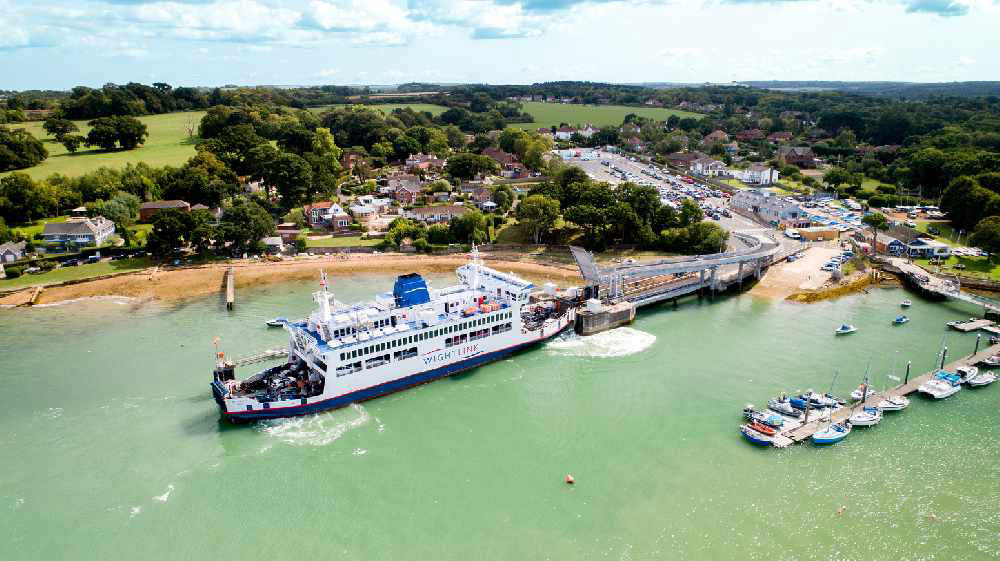 Wightlink Technical Problems Lead To Cancellation Of All Fishbourne-Portsmouth Crossings
Wightlink Technical Problems Lead To Cancellation Of All Fishbourne-Portsmouth Crossings
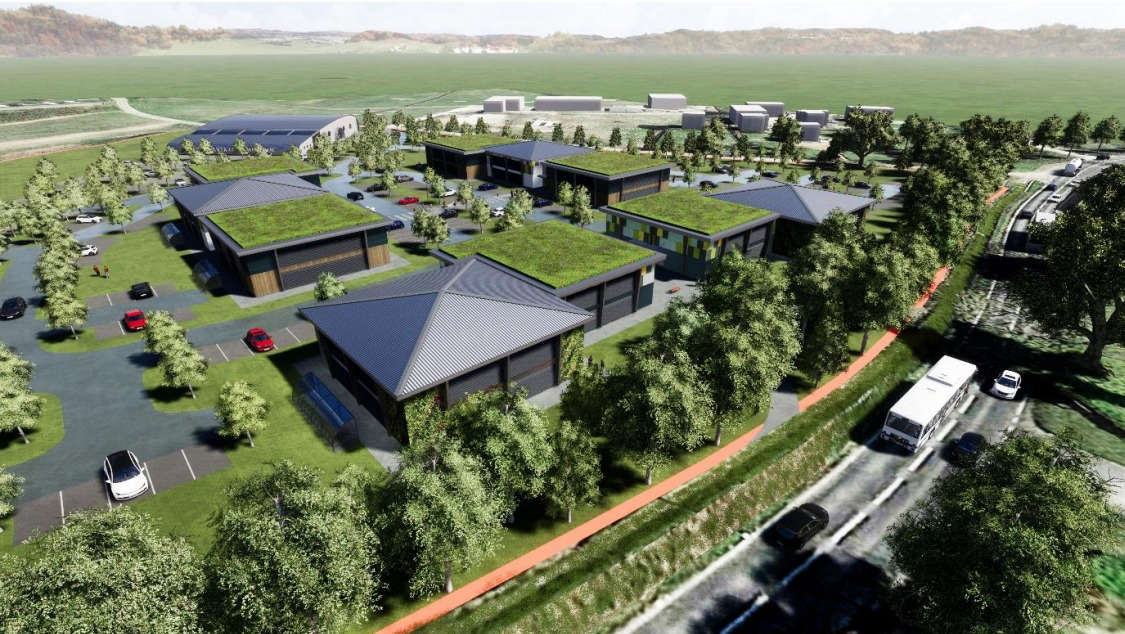 Contentious Plans For New 7,245 Square Metre Commercial Park Appealed
Contentious Plans For New 7,245 Square Metre Commercial Park Appealed
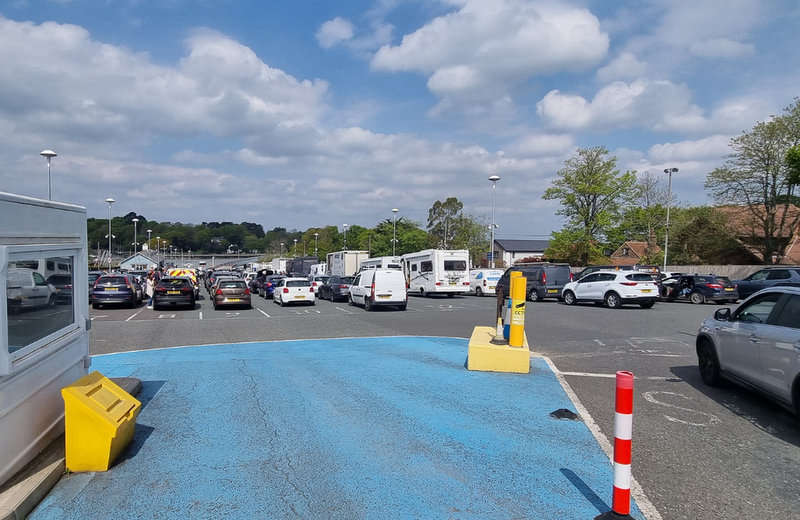 Wightlink Crossings Cancelled Due To Engine Issues
Wightlink Crossings Cancelled Due To Engine Issues
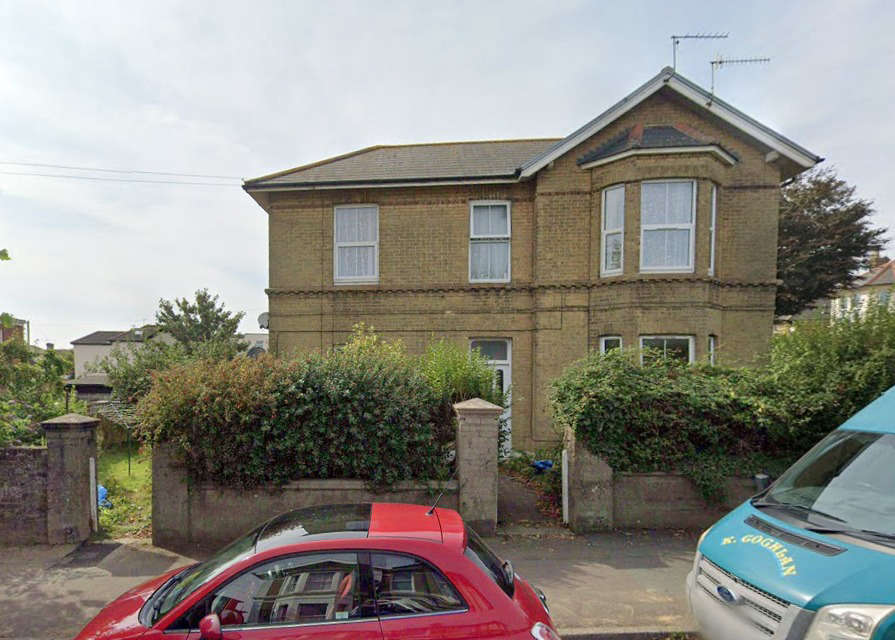 Four New Flats Could Be Built On Island Town's Leafy Residential Road
Four New Flats Could Be Built On Island Town's Leafy Residential Road
 AI Intelligence Reducing Waiting List For Cataract Surgeries On Isle Of Wight
AI Intelligence Reducing Waiting List For Cataract Surgeries On Isle Of Wight
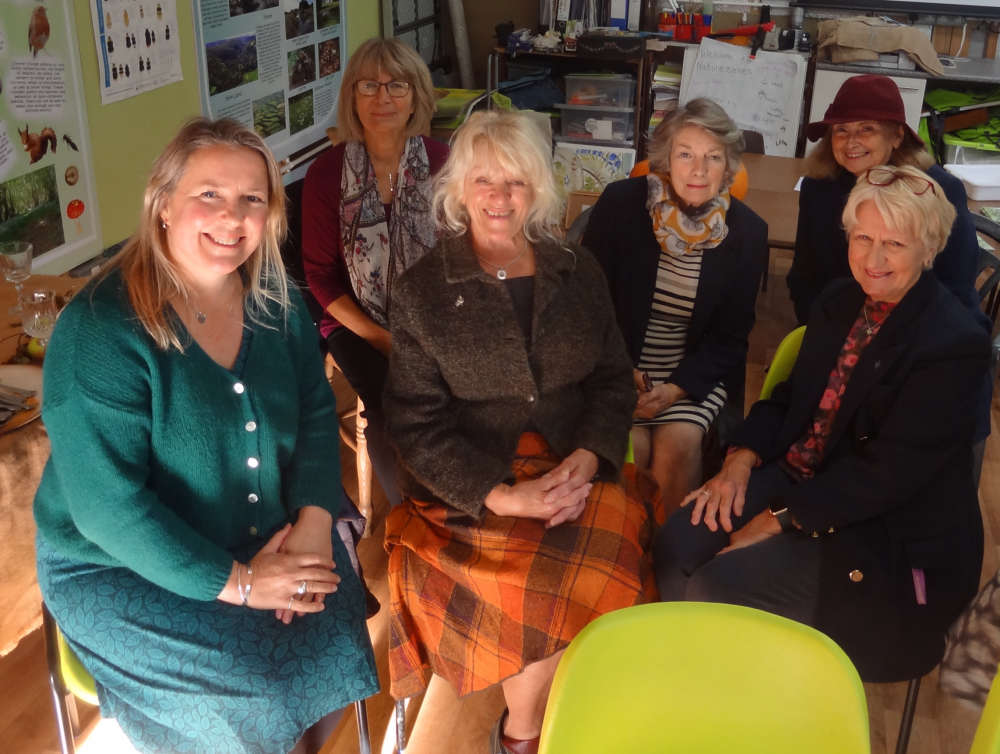 National Lottery Heritage Fund Awards Blackwater's Naturezones £72,400
National Lottery Heritage Fund Awards Blackwater's Naturezones £72,400
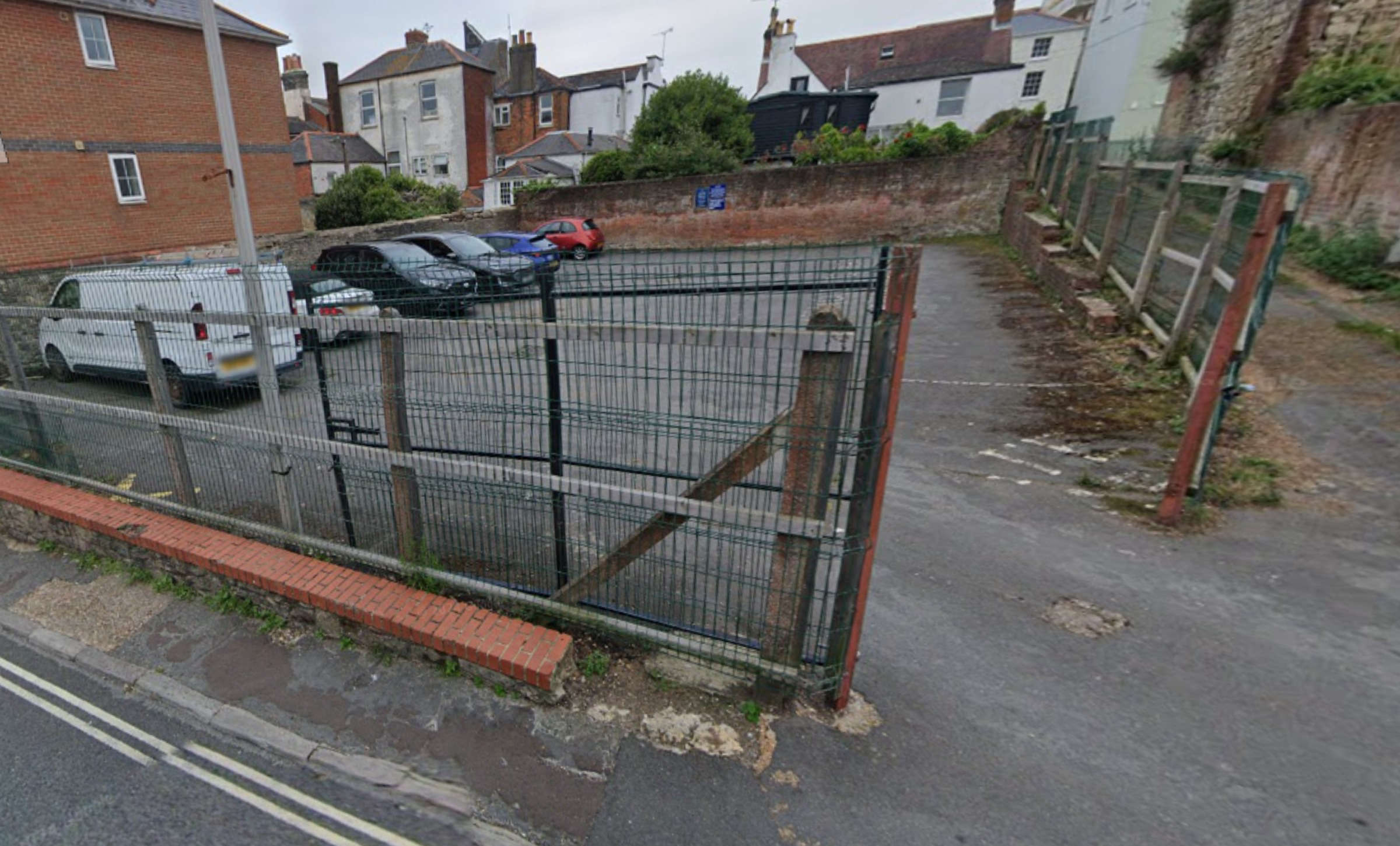 Eight New Electric Vehicle Charging Bays To Be Built In Ryde
Eight New Electric Vehicle Charging Bays To Be Built In Ryde
 Councillors And Residents Accuse Developer Of Breaching Planning Condition
Councillors And Residents Accuse Developer Of Breaching Planning Condition
 Emergency Crews Called To Blackgang To Tackle Fire In Open
Emergency Crews Called To Blackgang To Tackle Fire In Open
 Island MP Joe Robertson Slams Government Consultation “An Insult To Islanders”
Island MP Joe Robertson Slams Government Consultation “An Insult To Islanders”
 Contentious Plans For New 7,245 Square Metre Commercial Park Appealed
Contentious Plans For New 7,245 Square Metre Commercial Park Appealed
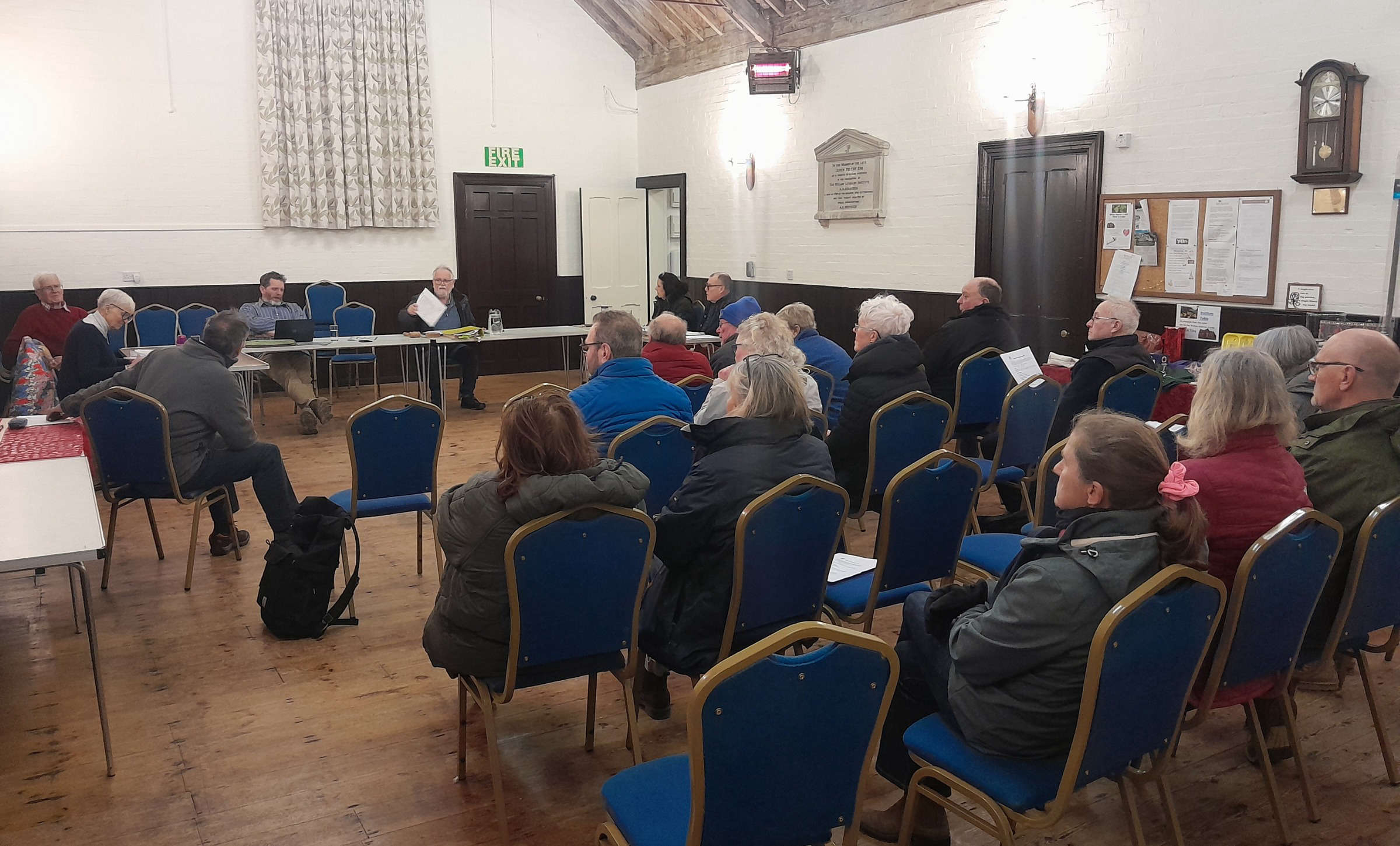 Island Parish Council With "Dreadful Reputation" Descends Into Shouting Match Over Clerk Resignation
Island Parish Council With "Dreadful Reputation" Descends Into Shouting Match Over Clerk Resignation
 Emergency Services In Rescue Of Casualty In Water Near Ryde Pier
Emergency Services In Rescue Of Casualty In Water Near Ryde Pier
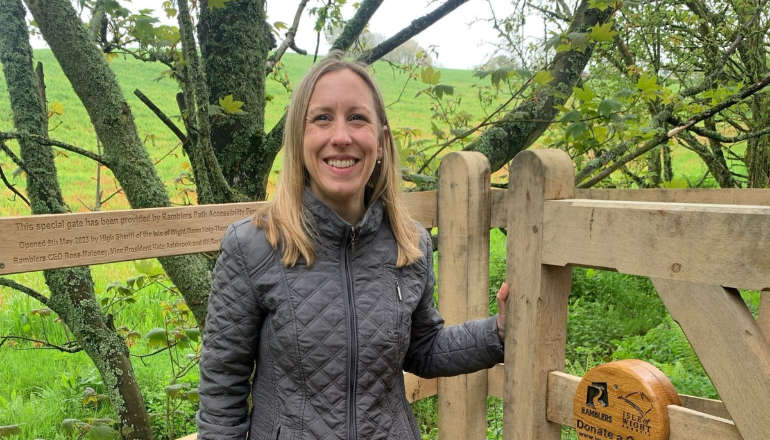 Motion 'To Gain Full Backing' For Isle Of Wight Farmers Tabled By Chale, Niton And Shorwell Councillor
Motion 'To Gain Full Backing' For Isle Of Wight Farmers Tabled By Chale, Niton And Shorwell Councillor
 Sale Of Former Yarmouth CE Primary School Site Moves Step Closer
Sale Of Former Yarmouth CE Primary School Site Moves Step Closer
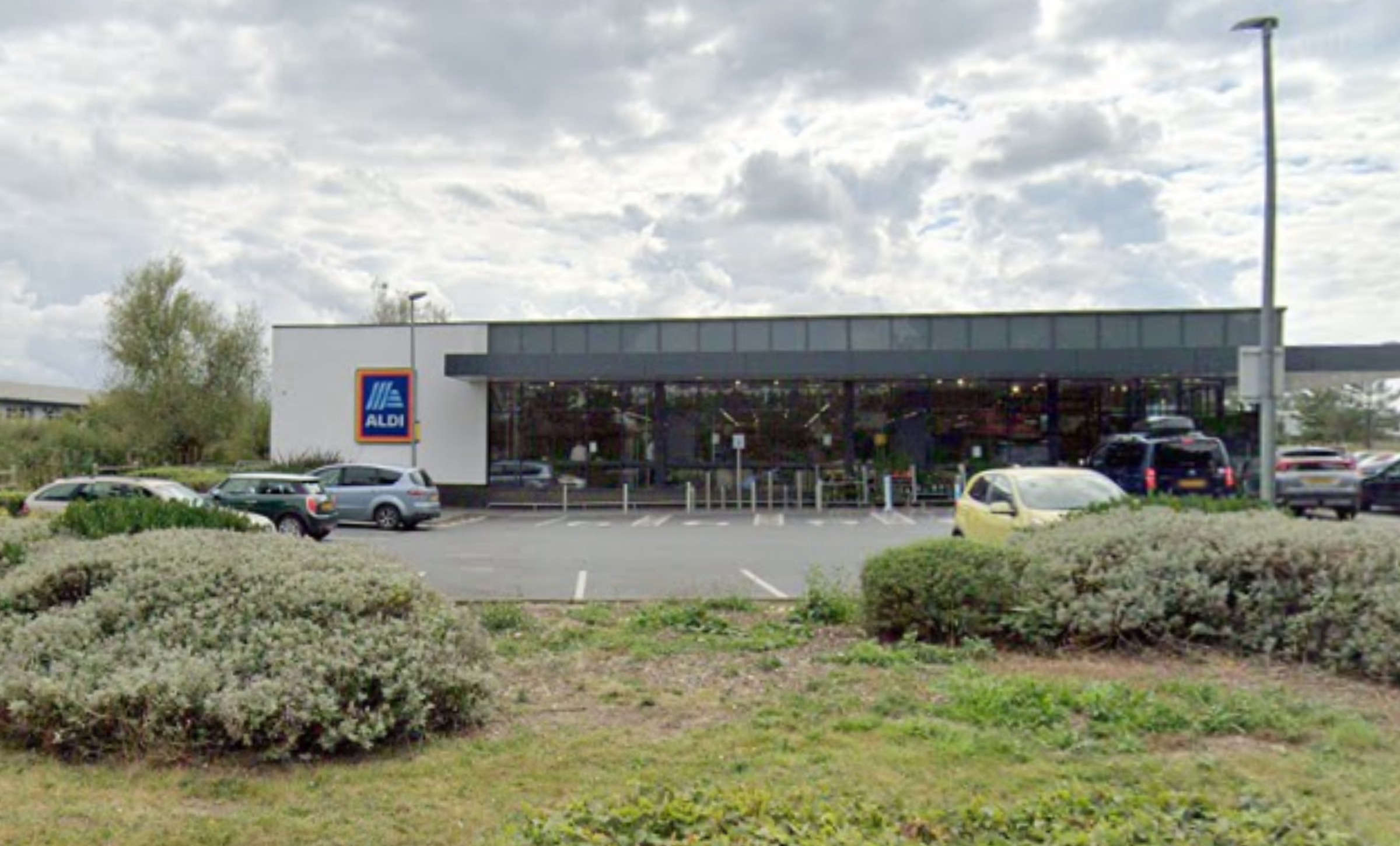 Cowes Supermarket To Have 272 Rooftop Solar Panels Installed
Cowes Supermarket To Have 272 Rooftop Solar Panels Installed
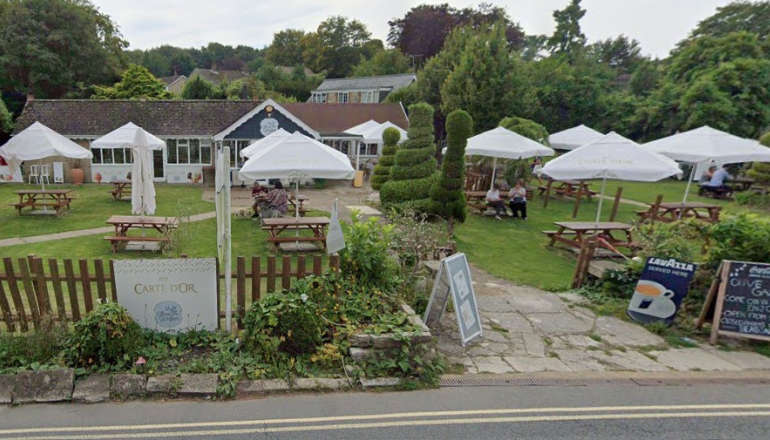 Bid Made To Convert And Replace Island Village Tea Rooms
Bid Made To Convert And Replace Island Village Tea Rooms
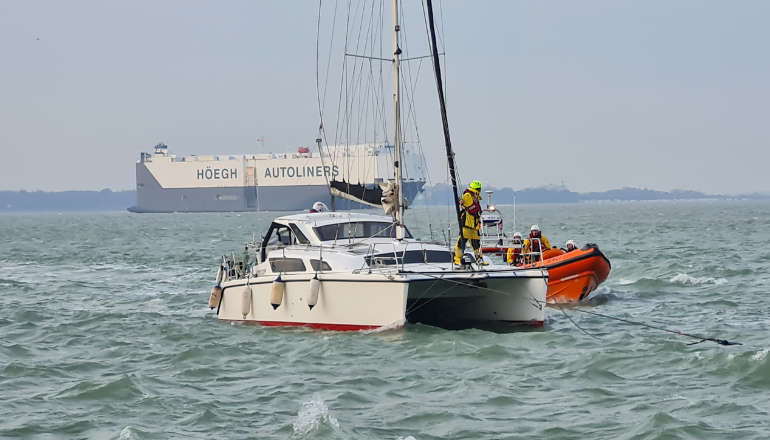 Cowes RNLI Lifeboat Assists In Catamaran Rescue
Cowes RNLI Lifeboat Assists In Catamaran Rescue
 Crash Causes Structural Damage To Sandown Community Building
Crash Causes Structural Damage To Sandown Community Building


